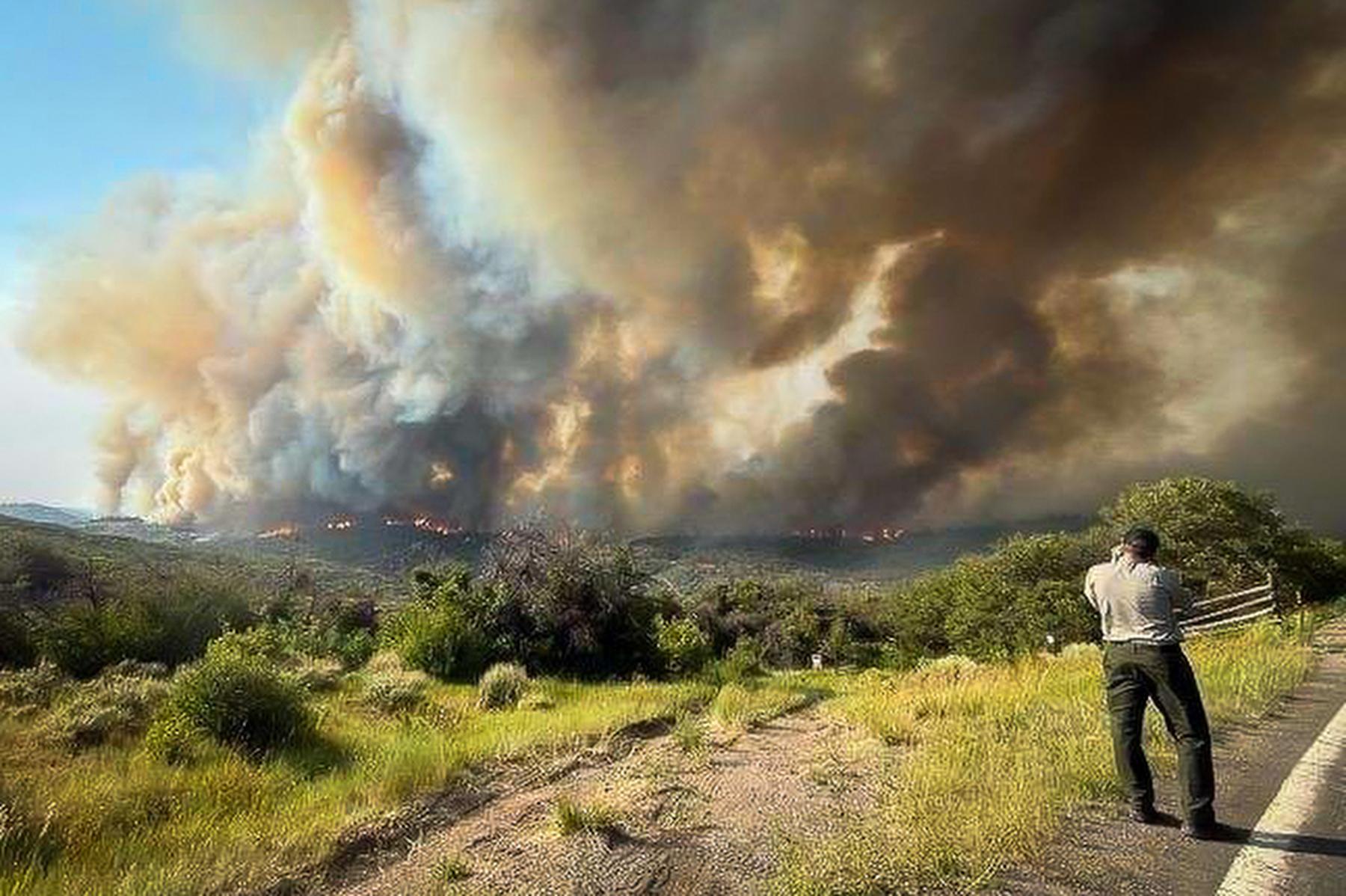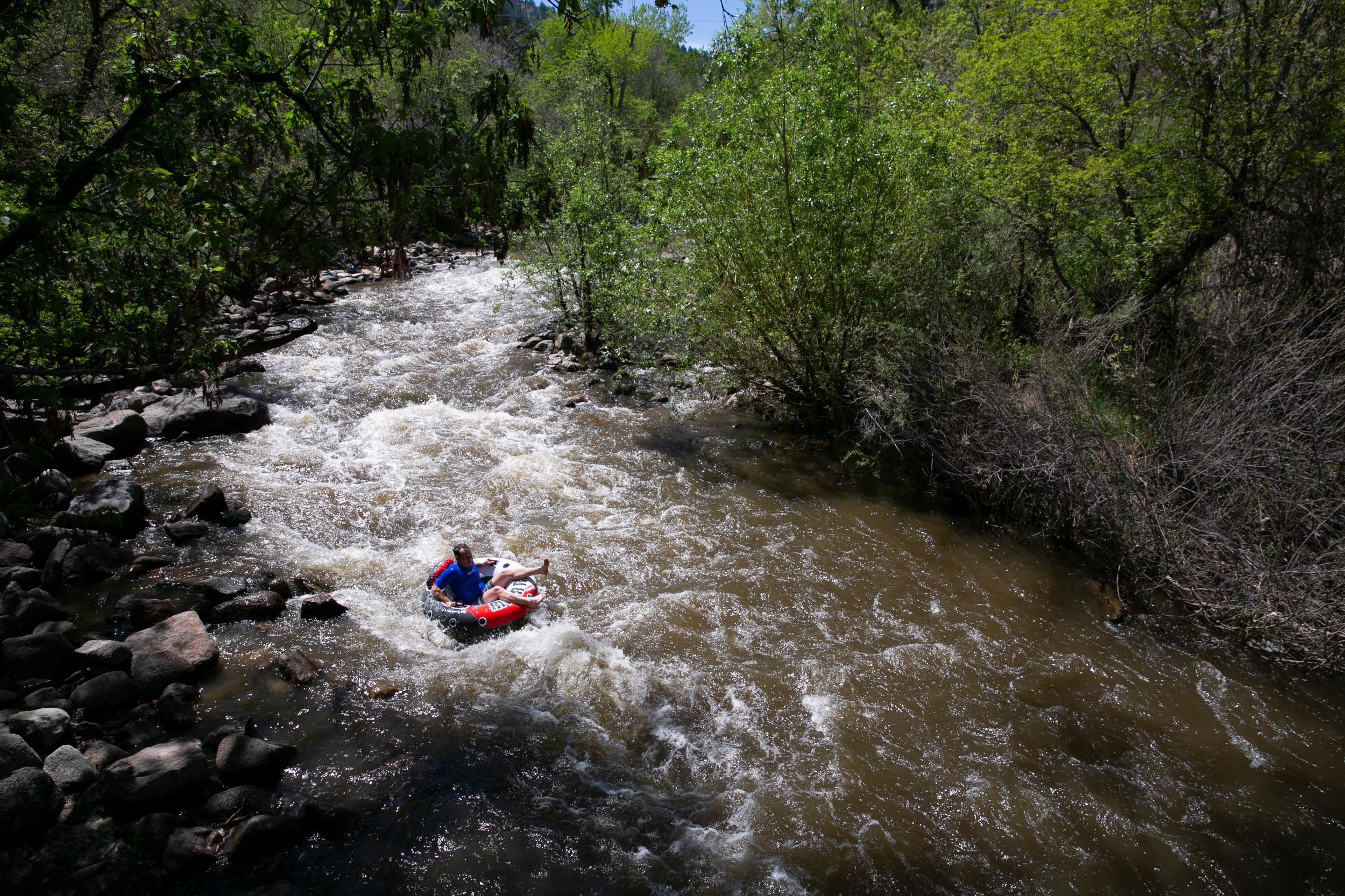
This week on Looking Up we learn the whereabouts of Voyager 1.
Over the past 140 or so episodes of Looking Up, we’ve talked about all kinds of astronomical items up in the sky. Today, let’s talk about something that is far out, but is also man-made, our first interstellar spacecraft, Voyager 1.
I’m not going to claim you can see Voyager 1 in even a very large telescope right now, but it is up there, in the constellation of Ophiuchus, high in the southern Colorado night sky. Voyager 1 was one of two spacecraft launched 1977 to explore Jupiter and Saturn. Voyager 2, the twin of Voyager 1, also explored Uranus and Neptune.

Voyager 1 is the farthest and fastest thing ever made by human hands. Right now, it is streaking away from our solar system at 11 miles per second, and has covered a distance of just under 13 billion miles. In August of 2012, Voyager 1 crossed the point in space that marks the edge of our solar system, and truly became an interstellar spacecraft. And it is still talking to us. At only a trillionth of a single watt of power, and with the signal taking almost 20 hours to reach Earth, Voyager 1 is still sending back data. It won’t last forever; by 2025 its last instrument will die. But the spacecraft will fly on, crossing the path of a nearby star in 40,000 years.
So wave goodbye tonight to the little spacecraft that is journeying to the stars, and wish it a bon voyage.
If you’d like to take a closer look at Barnard’s Galaxy or any of the wonderful and amazing things in the sky, please visit csastro.org for a link to information on our monthly meetings and our free public star parties.







